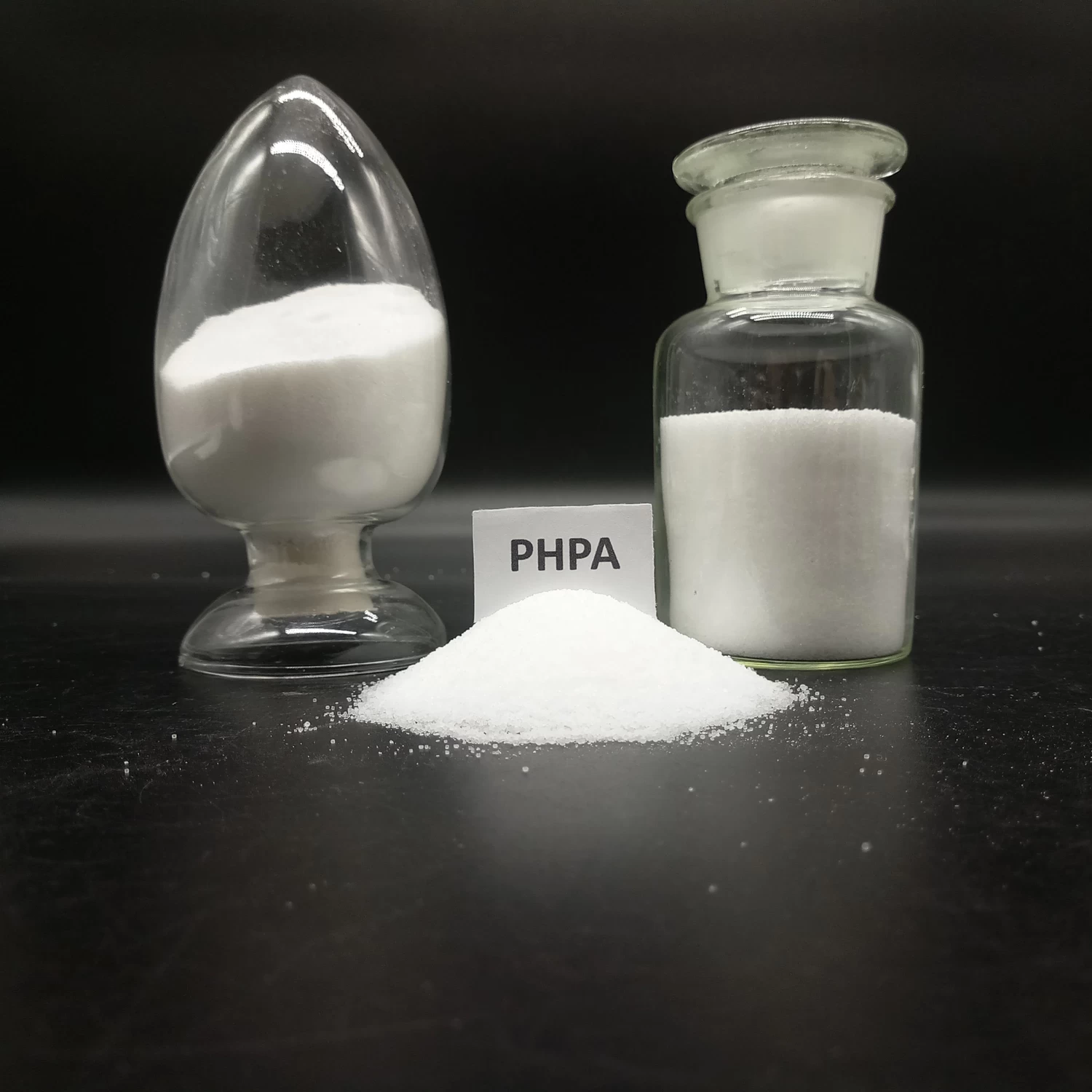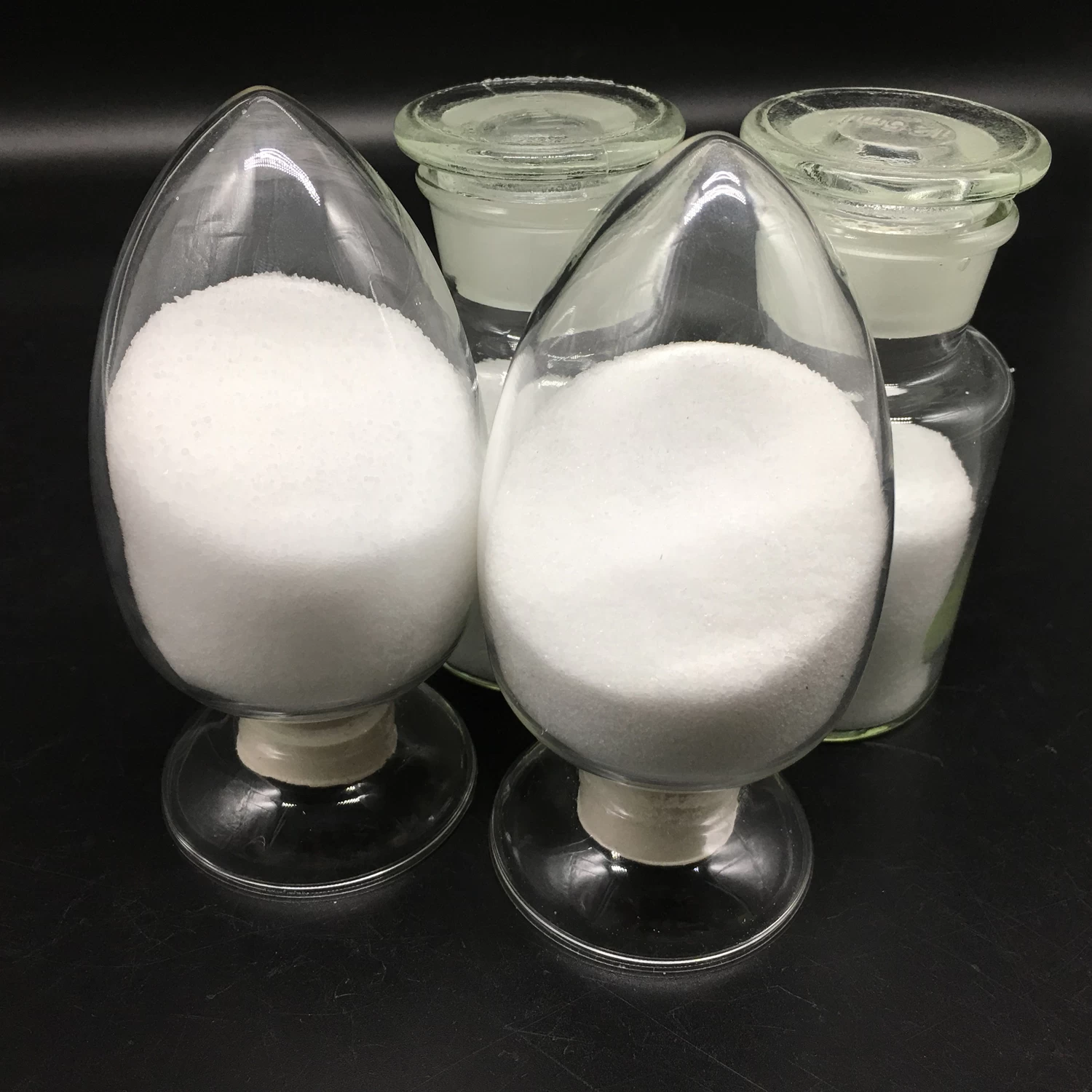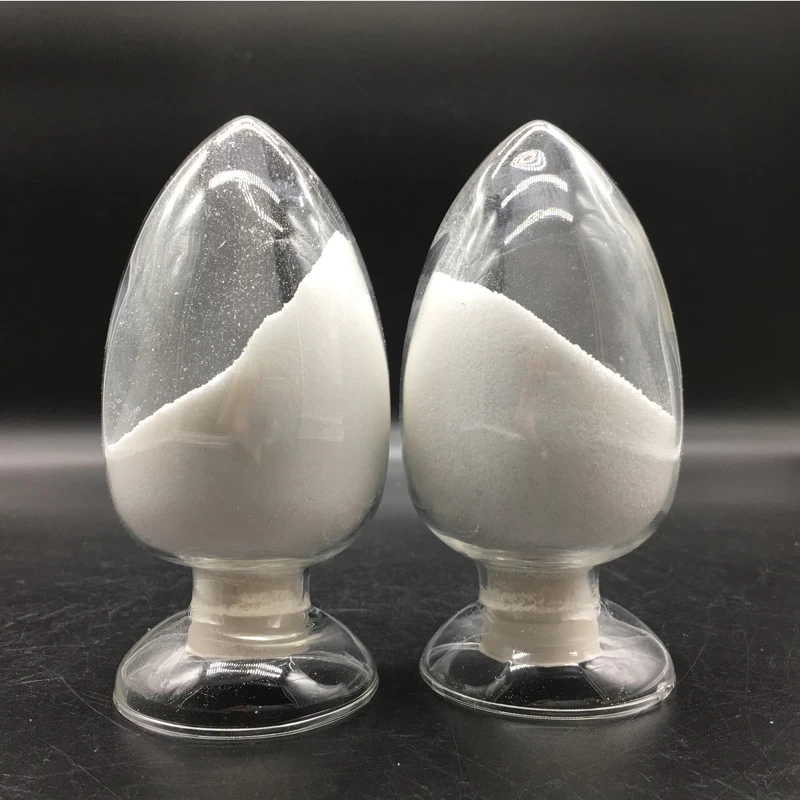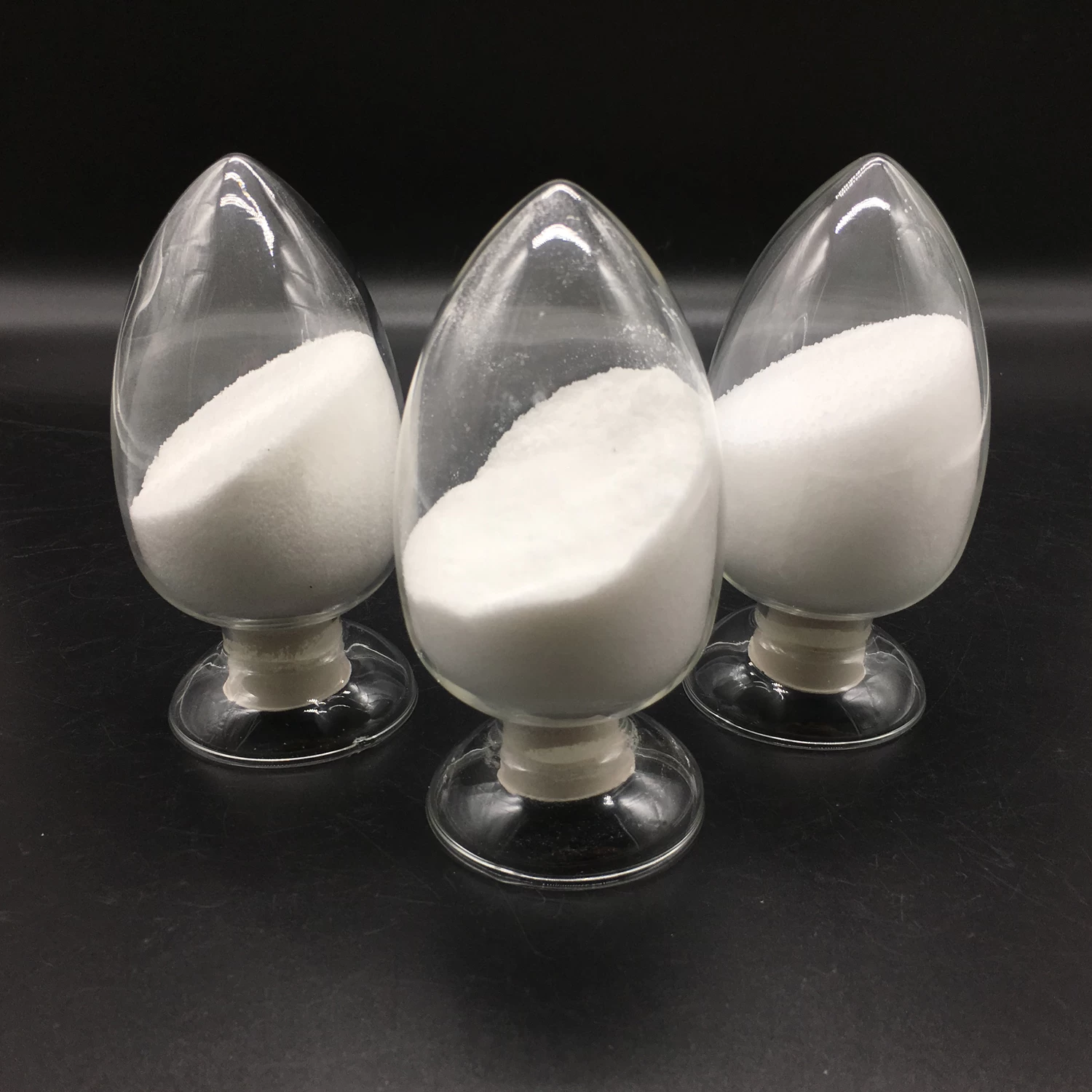Commonly used fluid loss additives Part.1
Hana Wang
Original
2021-07-15 16:47:48
1. Carboxymethyl cellulose cellulose is a natural polymer compound whose structure is poly-p-glucose. Because the hydroxyl groups on the molecular chain form intra- and intermolecular hydrogen bonds to produce crystals, it is insoluble in water. After modification, water-soluble modified cellulose can be produced. Carboxymethyl cellulose (CMC) is a modified product of cellulose. Its sodium salt is widely used in oil fields. It is also called sodium carboxymethyl cellulose. Its molecular structure is: (sodium carboxymethyl fiber series) CMC It is a linear water-soluble polymer compound. Its two main performance indicators are relative molecular weight and degree of substitution (the number of hydrogens in the hydroxyl groups of each dehydrated sugar unit replaced by carboxymethyl groups). The higher the relative molecular mass of CMC, the greater the viscosity of the aqueous solution. The industry divides CMC into three grades according to the viscosity of its aqueous solution: high-viscosity CMC, at 25. The viscosity of 1% aqueous solution at C is 400~500mPa•s, due to its strong viscosity increasing ability; generally not used as a fluid loss agent; medium viscosity CMC, the viscosity of 2% aqueous solution at 25% is 50~270m1%•s , Can be used as a fluid loss reducer for general drilling fluids, which can not only reduce fluid loss, but also increase the viscosity of the drilling fluid; CMC with low viscosity is 25. At C, the viscosity of 2% aqueous solution is less than 50mPa•s, which can be used as a fluid loss reducer for weighted drilling fluids to avoid excessive viscosity. The degree of substitution is the main factor that determines the water solubility of CMC. CMC with a degree of substitution greater than 0.5 is easily soluble in water. The higher the degree of substitution, the better the water solubility. As a drilling fluid treatment agent, CMC has a better degree of substitution of 0.6 to 0.9. CMC is a filtrate reducer with strong salt resistance and temperature resistance, and it also has a certain ability to resist calcium. It has a viscosity-increasing effect while reducing fluid loss. It is suitable for preparing seawater drilling fluids, saturated brine drilling fluids and calcium treatment drilling fluids. It is a widely used fluid loss control agent. When drilling ultra-deep wells over 5000m in China, CMC can be used as a fluid loss agent to obtain better results. CMC mainly achieves the purpose of reducing fluid loss by stabilizing colloidal particles. CMC dissociates the long-chain multivalent anion in the drilling fluid. The hydroxyl groups on the chain and the oxygen atoms on the surface of the clay particles form a hydrogen bond adsorption. Some carboxyl groups generate electrostatic attraction between the aluminum ions at the edge of the broken bond, and some carboxyl groups pass through Hydration causes a hydration layer to form on the surface of the clay particles, and at the same time increases the f potential on the surface of the clay particles. Due to the long molecular chain of CMC, one molecule can adsorb multiple clay particles at the same time and form a mixed network structure with the clay particles to prevent the clay particles from bonding and becoming larger, thereby greatly improving the coalescence stability of the clay particles, which is beneficial to the formation Dense and tough filter cake. In addition, CMC can increase the viscosity of the filtrate, and its own plugging effect can reduce the fluid loss.
2. Humic acid and its derivatives-Humic acid is a product of partial decomposition of biological residues in the presence of air and moisture. It is a natural polymer compound that can be extracted from peat, lignite or certain soils. Humic acid is not a single compound, but a mixture of hydroxyaromatic carboxylic acids with different molecular sizes and different structural compositions. It can be divided into three components with different solvents: Elemental analysis shows that the The chemical composition is generally C: 55% to 65%; H: 5.5% to 6.5%; 0: 25% to 35%; N: 3% to 4%; and a small amount of S and P. The relative molecular mass of each component of humic acid is also quite different. Fulvic acid is 300-400, brown humic acid is 2000 to 20,000, and black humic acid is 104-105. The chemical structure of humic acid is very complicated and not very clear. It is generally considered to be a large complex composed of several similar structural units. Each structural unit is composed of nucleus, bridge bonds and active groups. Its main functional group There are carboxyl, carbonyl, hydroxyl, methoxy and ether linkages. The structural fragments of humic acid and its modified products can be expressed as: XOX/C心Cl-t, Tsui\/舛CI||O where X=H, Y=H, humic acid; X=K, Y= H, potassium humate, K—Hm; X=Na, Y=H, sodium humate, coal alkali agent, Na—Hm; X=Na, Y=N02, sodium nitrohumate, Na—NHm ; X=Na, Y=CH: SO, Na, sodium sulfomethyl humate, Na-SMHm. The following humic acid derivatives are mainly used as fluid loss agents. 1) Coal alkali agent Coal alkali agent (Na-Hm) is prepared from lignite plus appropriate amount of caustic soda and water, and the main active ingredient is sodium humate. The content of humic acid in lignite is 20% to 80%. Humic acid is difficult to dissolve in water, and it is easily soluble in alkali solution to generate sodium humate. The ratio of coal alkali agent prepared on site is: brown soda: caustic soda: water = 15: (1-3): (50-200); the specific ratio depends on the humic acid content of the lignite and the actual use conditions. Since the basic skeleton of the humic acid molecule is a carbon chain and aromatic ring structure, the coal alkali agent has good thermal stability. Indoor experiments show that for freshwater drilling fluid, it is at 200. C is left at a constant temperature for 24 hours, and the fluid loss reduction performance is basically unchanged. However, the salt-resistance and calcium-resistance ability of coal caustic agent is poor. Because the humic acid molecule contains more functional groups that can be adsorbed to clay particles, especially the ortho-bisphenol hydroxyl group, but also contains strong hydration sodium carboxyl groups and other groups, so that sodium humate has the effect of reducing fluid loss. , But also has a dilution effect. The mechanism of reducing fluid loss of coal caustic agent is: anionic macromolecular sodium humate containing various functional groups adsorbs on the surface of clay particles to form an adsorption hydration layer, and at the same time increases the f potential of the clay particles, thus greatly increasing the coalescence of the clay particles. Stability keeps the clay particles in the drilling fluid in a multi-stage dispersion state, and is easy to form a dense filter cake. In particular, the high viscosity and elasticity of the adsorption hydration membrane of clay particles make the filter cake more compact and reduce the fluid loss. In addition, it can increase the viscosity of the filtrate, which is beneficial to reduce the filtration loss. 2) Chrome lignite Chrome lignite (chromic humic acid) is a reaction product of dichromate and lignite, in which the mass ratio of humic acid to dichromate is 3:1 or 4:1. The mixture of the two is at 80. The reaction above C produces humic acid or chromium chelate of oxidized humic acid, the active ingredient of which is chromium humic acid. The reaction includes two steps of oxidation and chelation. Oxidation enhances the hydrophilicity of humic acid. At the same time, dichromate is reduced to cr3+, and Cr3+ is chelated with oxidized humic acid or humic acid. Chromium humic acid has greater solubility in water, and its salt resistance and calcium resistance are better than sodium humic acid. Chromium humic acid has the effect of reducing fluid loss and diluting. Especially when it is used in combination with iron chromium salt, it has a good synergistic effect. The "chromium humic acid active agent drilling fluid" composed of iron chromium salt, chromium humic acid and surfactant has good thermal stability and anti-collapse effect. It has been used in 6280m high-temperature deep wells and easily collapsed formations on site. 3) Nitro humic acid Nitro humic acid uses dilute nitric acid with a concentration of about 3 mol/L and brown coal in the range of 40-60. C reaction made. The feed ratio is humic acid:nitric acid=1:2, and the reaction includes two steps of oxidation and nitrification, both of which are exothermic reactions. The reaction reduces the average relative molecular weight of humic acid, increases carboxyl groups, and introduces nitro groups into the molecule. Nitro humic acid reacts with caustic soda to obtain its sodium salt. Sodium nitrohumate has good fluid loss reduction and dilution effects, and its outstanding feature is enhanced salt resistance. In addition, it also has high thermal stability (temperature resistance up to 200°C or more) and strong calcium resistance. 4) Sulfomethyl lignite Sulfomethyl lignite (SMC) is prepared by sulfomethylation reaction with lignite under the condition of pH 9-11 with formaldehyde and sodium sulfite or sodium bisulfite. The reaction product is further oxidized and chelated with dichromate, and the generated sulfomethyl humic acid has a better treatment effect on the drilling fluid. Sulfomethyl lignite has both the effect of reducing fluid loss and diluting. Its main feature is high thermal stability, ranging from 200 to 220. Under the high temperature of C, it can effectively control the fluid loss and viscosity of freshwater drilling fluid. The disadvantage is poor salt resistance at high temperatures.
2. Humic acid and its derivatives-Humic acid is a product of partial decomposition of biological residues in the presence of air and moisture. It is a natural polymer compound that can be extracted from peat, lignite or certain soils. Humic acid is not a single compound, but a mixture of hydroxyaromatic carboxylic acids with different molecular sizes and different structural compositions. It can be divided into three components with different solvents: Elemental analysis shows that the The chemical composition is generally C: 55% to 65%; H: 5.5% to 6.5%; 0: 25% to 35%; N: 3% to 4%; and a small amount of S and P. The relative molecular mass of each component of humic acid is also quite different. Fulvic acid is 300-400, brown humic acid is 2000 to 20,000, and black humic acid is 104-105. The chemical structure of humic acid is very complicated and not very clear. It is generally considered to be a large complex composed of several similar structural units. Each structural unit is composed of nucleus, bridge bonds and active groups. Its main functional group There are carboxyl, carbonyl, hydroxyl, methoxy and ether linkages. The structural fragments of humic acid and its modified products can be expressed as: XOX/C心Cl-t, Tsui\/舛CI||O where X=H, Y=H, humic acid; X=K, Y= H, potassium humate, K—Hm; X=Na, Y=H, sodium humate, coal alkali agent, Na—Hm; X=Na, Y=N02, sodium nitrohumate, Na—NHm ; X=Na, Y=CH: SO, Na, sodium sulfomethyl humate, Na-SMHm. The following humic acid derivatives are mainly used as fluid loss agents. 1) Coal alkali agent Coal alkali agent (Na-Hm) is prepared from lignite plus appropriate amount of caustic soda and water, and the main active ingredient is sodium humate. The content of humic acid in lignite is 20% to 80%. Humic acid is difficult to dissolve in water, and it is easily soluble in alkali solution to generate sodium humate. The ratio of coal alkali agent prepared on site is: brown soda: caustic soda: water = 15: (1-3): (50-200); the specific ratio depends on the humic acid content of the lignite and the actual use conditions. Since the basic skeleton of the humic acid molecule is a carbon chain and aromatic ring structure, the coal alkali agent has good thermal stability. Indoor experiments show that for freshwater drilling fluid, it is at 200. C is left at a constant temperature for 24 hours, and the fluid loss reduction performance is basically unchanged. However, the salt-resistance and calcium-resistance ability of coal caustic agent is poor. Because the humic acid molecule contains more functional groups that can be adsorbed to clay particles, especially the ortho-bisphenol hydroxyl group, but also contains strong hydration sodium carboxyl groups and other groups, so that sodium humate has the effect of reducing fluid loss. , But also has a dilution effect. The mechanism of reducing fluid loss of coal caustic agent is: anionic macromolecular sodium humate containing various functional groups adsorbs on the surface of clay particles to form an adsorption hydration layer, and at the same time increases the f potential of the clay particles, thus greatly increasing the coalescence of the clay particles. Stability keeps the clay particles in the drilling fluid in a multi-stage dispersion state, and is easy to form a dense filter cake. In particular, the high viscosity and elasticity of the adsorption hydration membrane of clay particles make the filter cake more compact and reduce the fluid loss. In addition, it can increase the viscosity of the filtrate, which is beneficial to reduce the filtration loss. 2) Chrome lignite Chrome lignite (chromic humic acid) is a reaction product of dichromate and lignite, in which the mass ratio of humic acid to dichromate is 3:1 or 4:1. The mixture of the two is at 80. The reaction above C produces humic acid or chromium chelate of oxidized humic acid, the active ingredient of which is chromium humic acid. The reaction includes two steps of oxidation and chelation. Oxidation enhances the hydrophilicity of humic acid. At the same time, dichromate is reduced to cr3+, and Cr3+ is chelated with oxidized humic acid or humic acid. Chromium humic acid has greater solubility in water, and its salt resistance and calcium resistance are better than sodium humic acid. Chromium humic acid has the effect of reducing fluid loss and diluting. Especially when it is used in combination with iron chromium salt, it has a good synergistic effect. The "chromium humic acid active agent drilling fluid" composed of iron chromium salt, chromium humic acid and surfactant has good thermal stability and anti-collapse effect. It has been used in 6280m high-temperature deep wells and easily collapsed formations on site. 3) Nitro humic acid Nitro humic acid uses dilute nitric acid with a concentration of about 3 mol/L and brown coal in the range of 40-60. C reaction made. The feed ratio is humic acid:nitric acid=1:2, and the reaction includes two steps of oxidation and nitrification, both of which are exothermic reactions. The reaction reduces the average relative molecular weight of humic acid, increases carboxyl groups, and introduces nitro groups into the molecule. Nitro humic acid reacts with caustic soda to obtain its sodium salt. Sodium nitrohumate has good fluid loss reduction and dilution effects, and its outstanding feature is enhanced salt resistance. In addition, it also has high thermal stability (temperature resistance up to 200°C or more) and strong calcium resistance. 4) Sulfomethyl lignite Sulfomethyl lignite (SMC) is prepared by sulfomethylation reaction with lignite under the condition of pH 9-11 with formaldehyde and sodium sulfite or sodium bisulfite. The reaction product is further oxidized and chelated with dichromate, and the generated sulfomethyl humic acid has a better treatment effect on the drilling fluid. Sulfomethyl lignite has both the effect of reducing fluid loss and diluting. Its main feature is high thermal stability, ranging from 200 to 220. Under the high temperature of C, it can effectively control the fluid loss and viscosity of freshwater drilling fluid. The disadvantage is poor salt resistance at high temperatures.
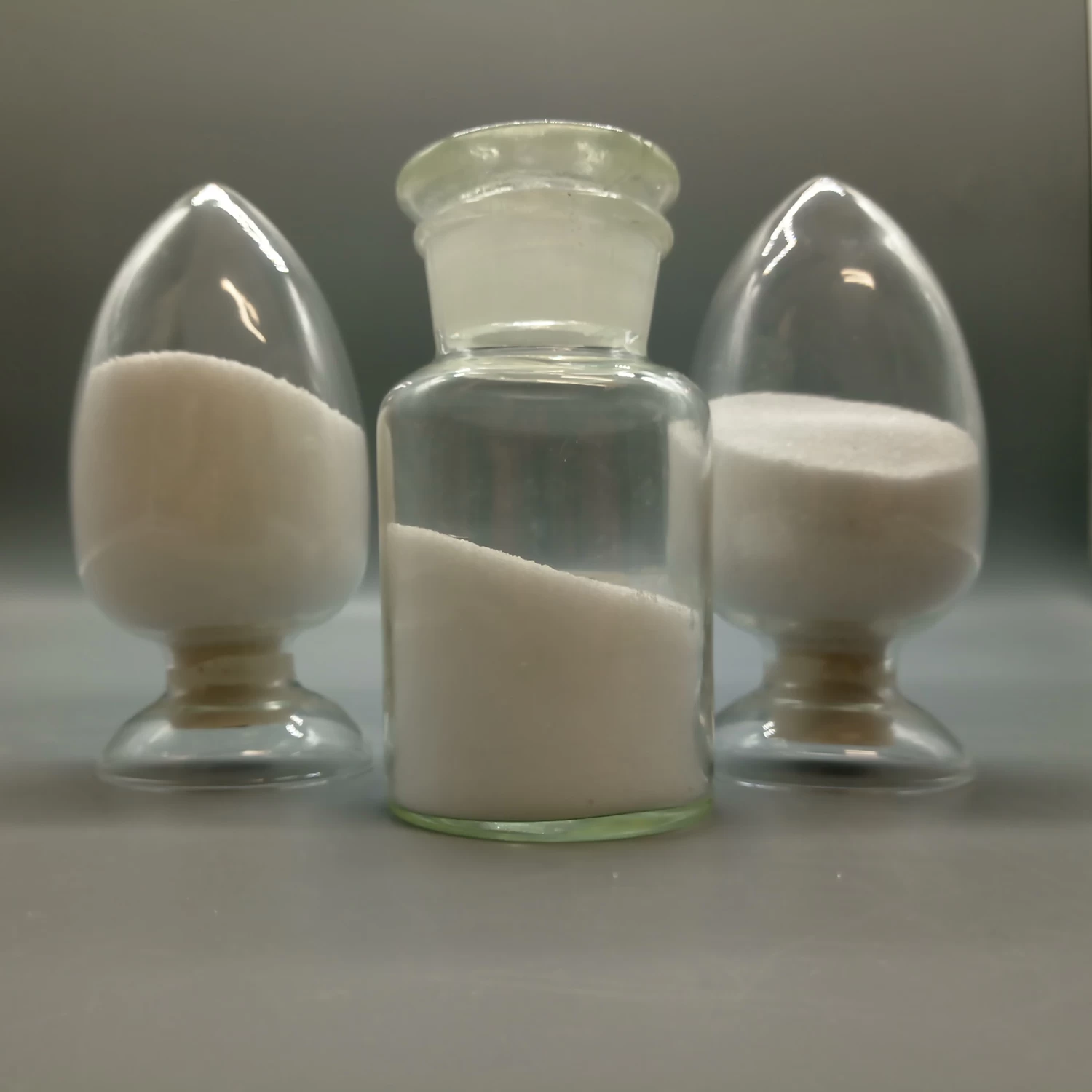
Bisherige : Filtratreduzierer Teil.2.

 E-Mail:jack.ma@welldonechina.com
E-Mail:jack.ma@welldonechina.com +86-17664031716
+86-17664031716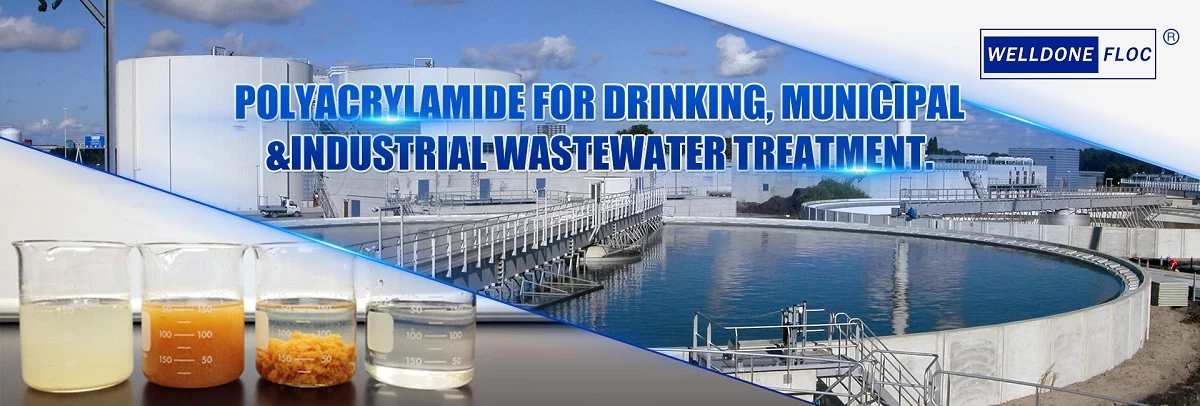
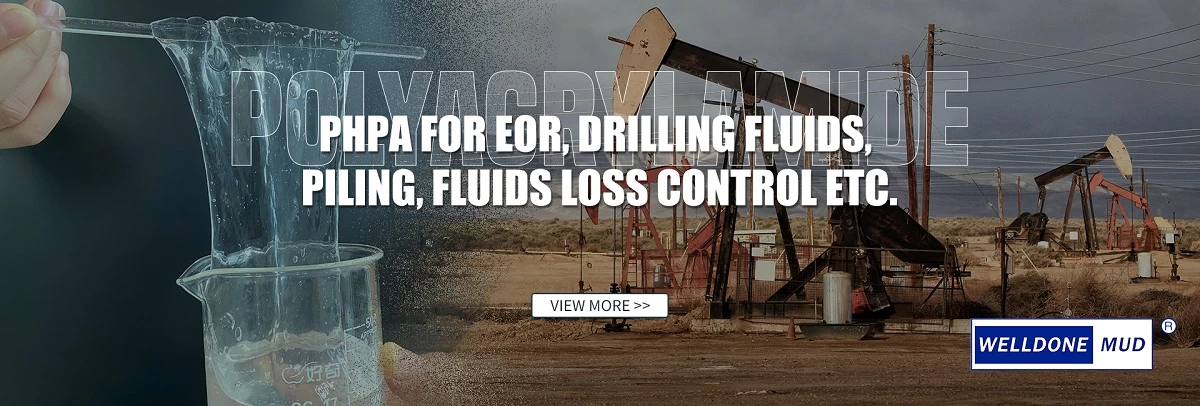
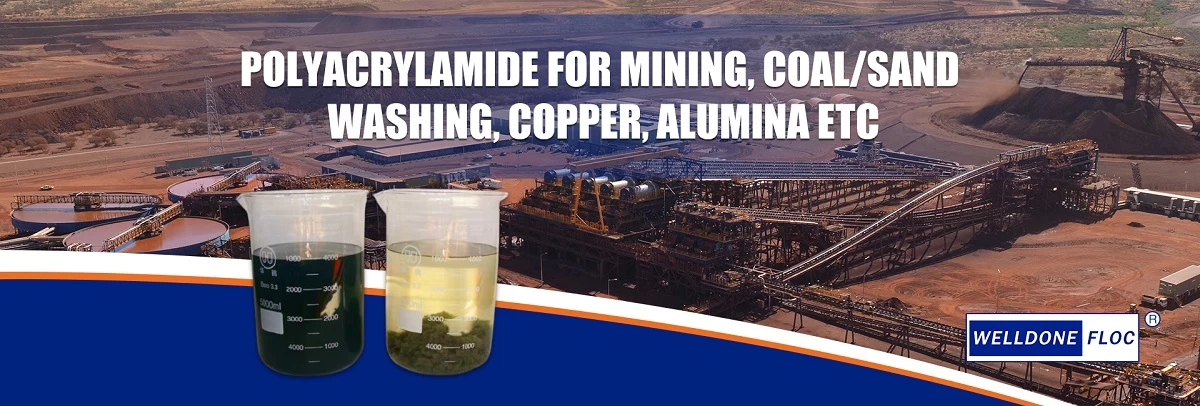
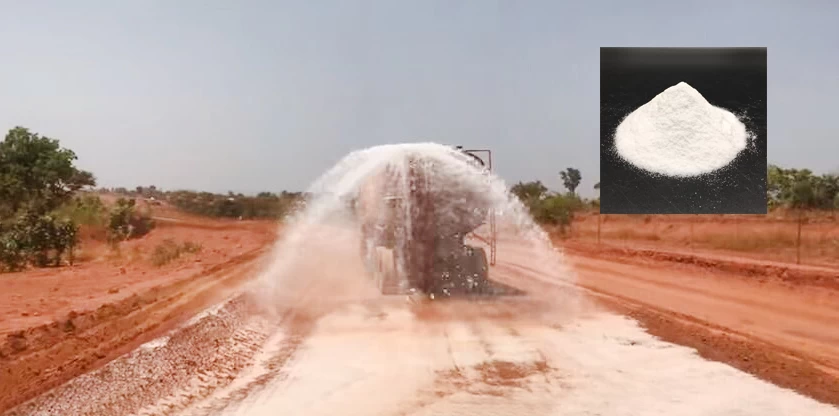
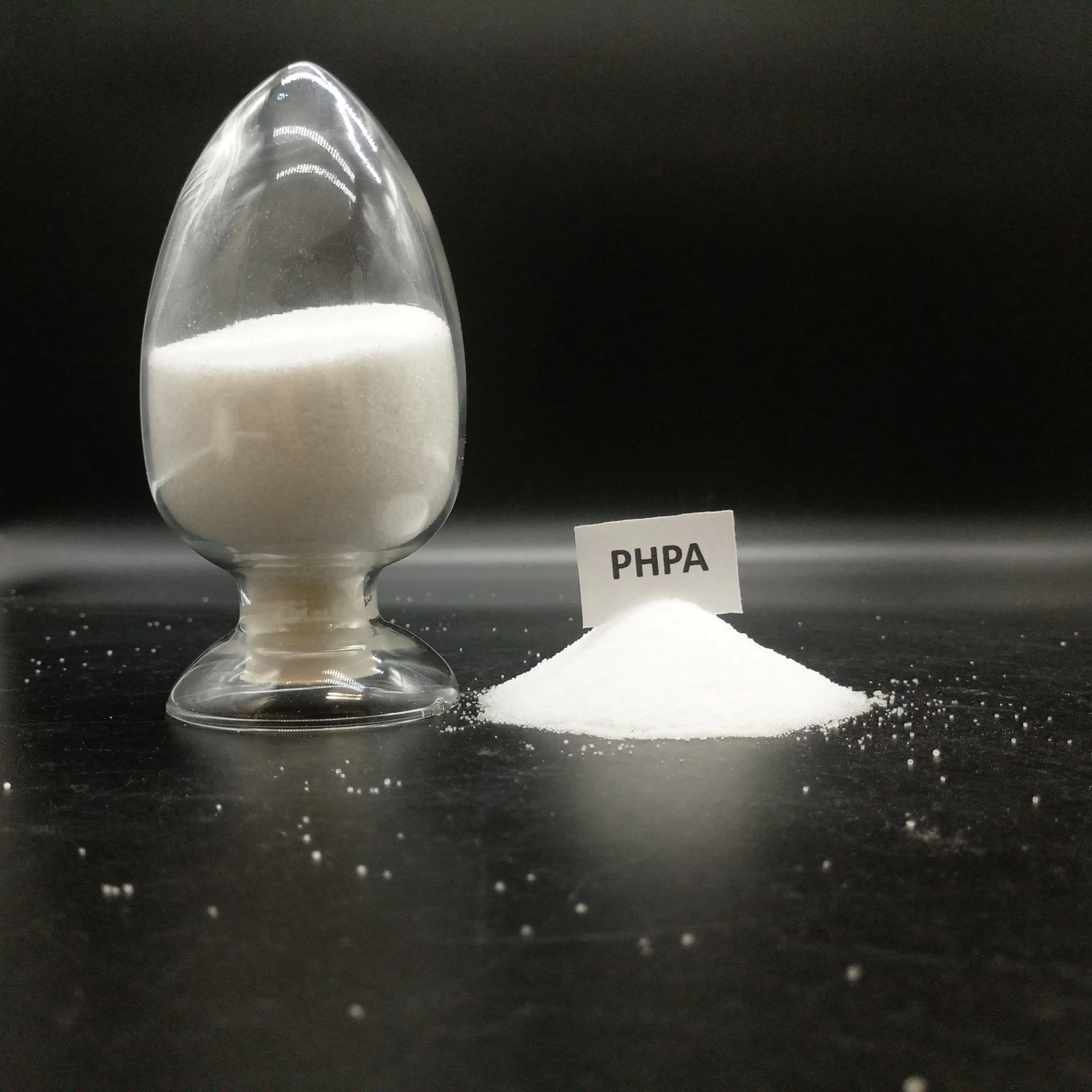
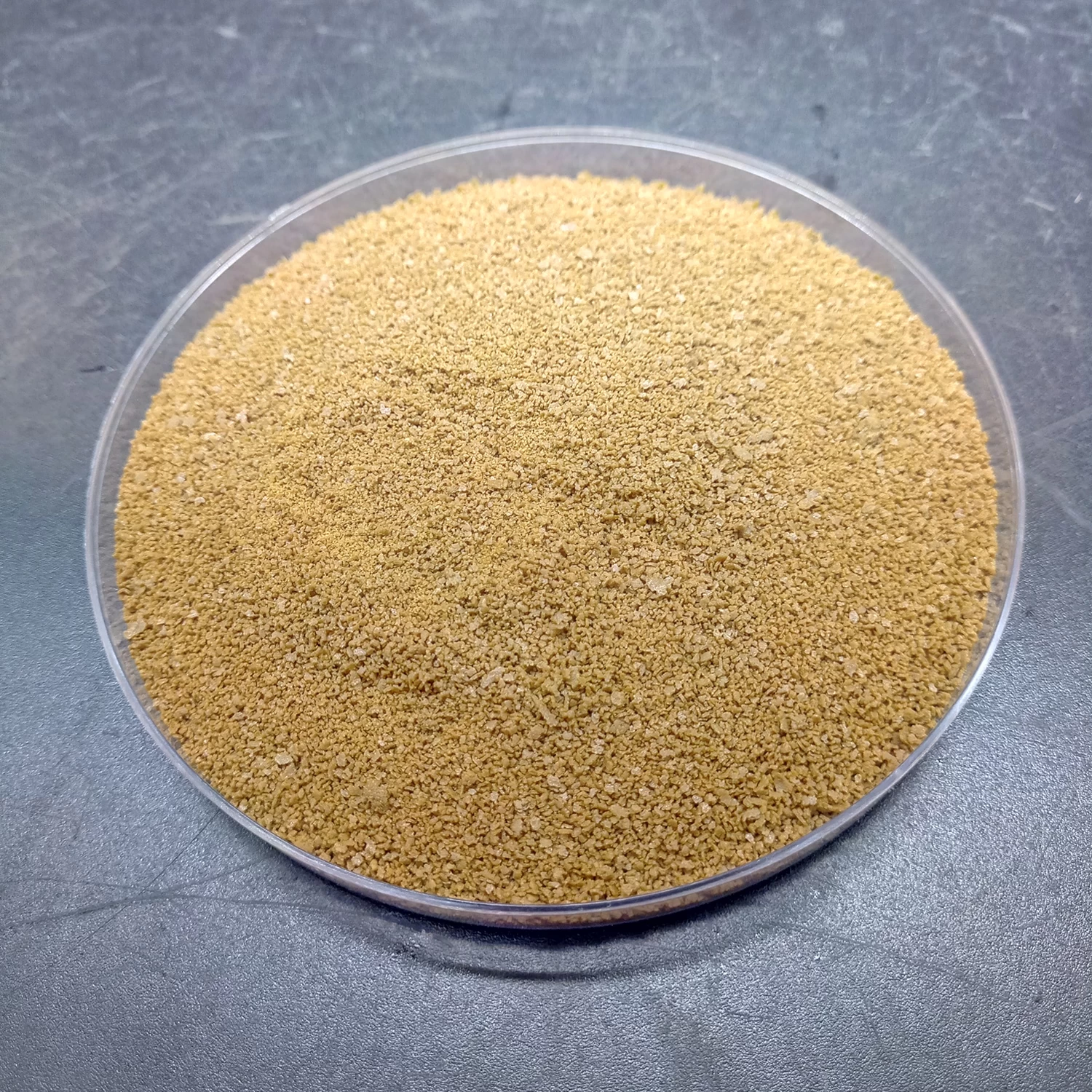
-for-drilling-muds.png.webp)
